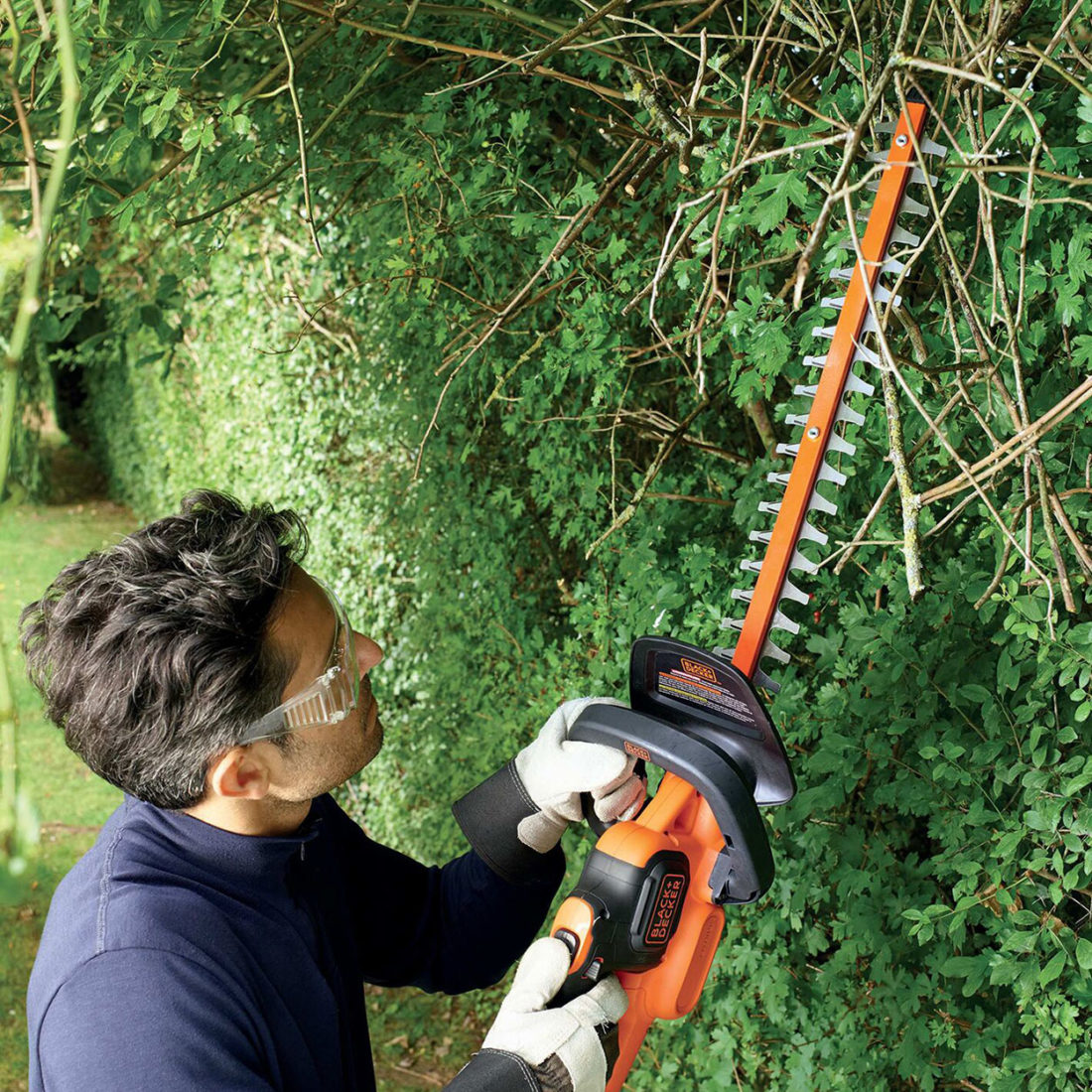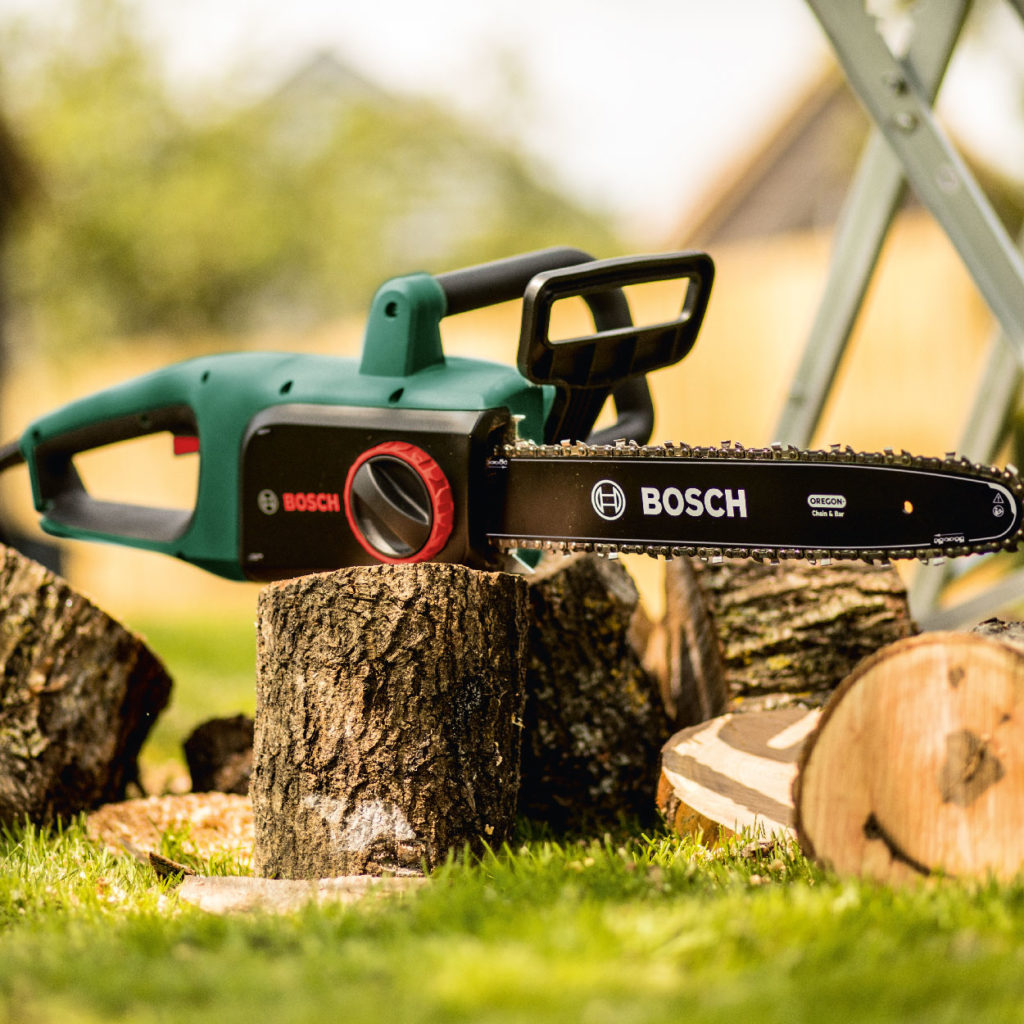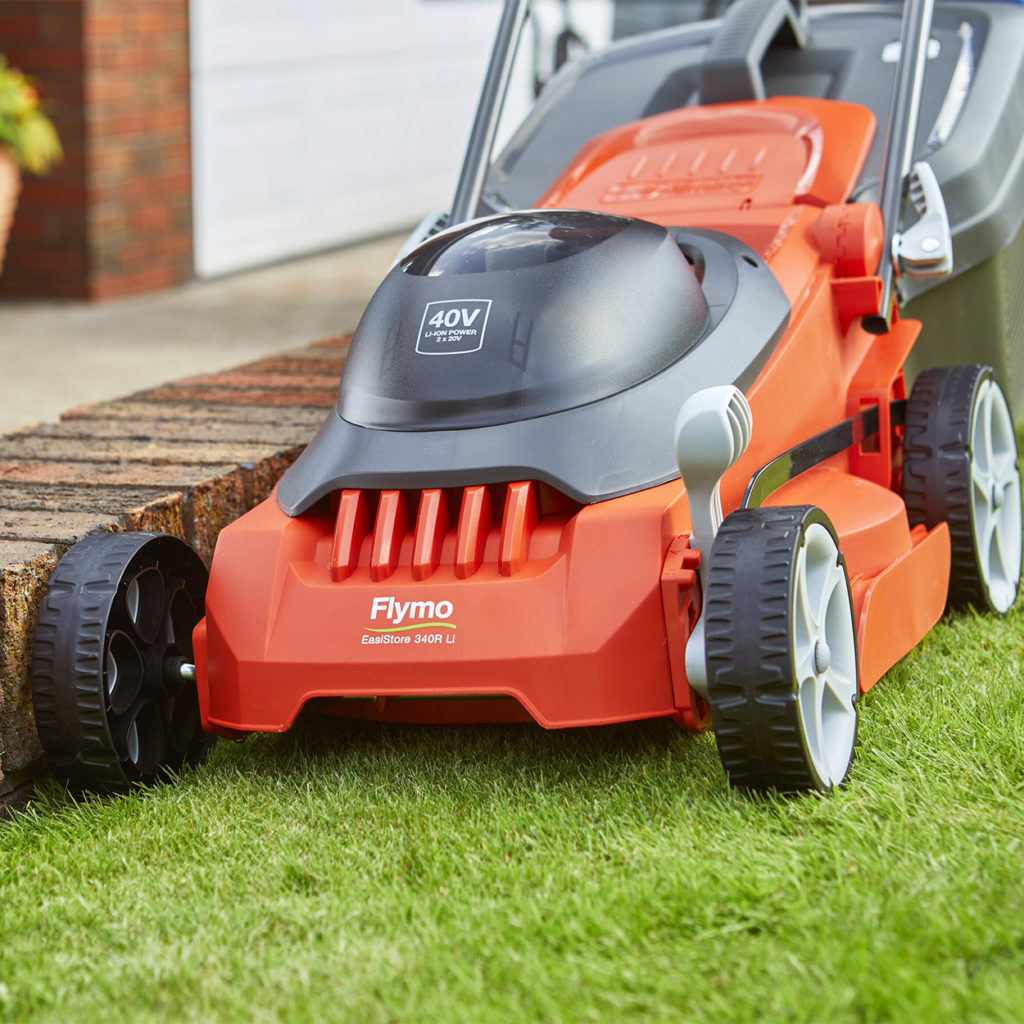Your Guide to Garden Power Tools & How to Care for Your Gardening Equipment

Caring for your garden becomes much easier when you have the right tools. While hand tools are perfect for detailed tasks, garden power tools can save time, effort, and energy on larger jobs. Whether you're trimming a hedge, mowing the lawn, or clearing autumn leaves, this guide will help you understand which garden power tools you need and how to keep them running smoothly.
Before we dive in, don’t forget to read our guide to garden hand tools and storage for more gardening tips.
What Are Garden Power Tools Used For?
Power tools make heavy duty garden work quicker and more efficient. Here’s a breakdown of popular garden power tools and what they’re best used for.
- Lawnmower - Used to cut grass evenly for a neat and tidy lawn. You can choose between push mowers, self-propelled models, and ride-on mowers depending on your garden size. Options include rotary blades and reel blades.
- Grass Trimmer - Ideal for cutting grass and weeds around the edges of lawns, fences, and flower beds where a lawnmower can't reach. Cordless, electric, or petrol models are available.
- Brushcutter - More powerful than a grass trimmer, a brushcutter is perfect for tackling dense undergrowth, thick weeds, and even small trees. Many come with metal blades for tougher tasks.
- Hedge Trimmer - Used to shape and maintain hedges and large shrubs. Choose from corded, cordless, or petrol powered depending on how much mobility and cutting power you need.
- Chainsaw - Perfect for heavier jobs like felling trees or chopping large branches. Available in electric and petrol models, with various bar lengths to suit different tasks.
- Shredder (Woodchipper) - Helps break down bulky organic materials such as branches into smaller mulch or compostable pieces. Great for keeping your garden tidy and reducing green waste.
- Leaf Blower - Blows leaves and debris off paths, driveways, and patios. Some models also vacuum and shred leaves for easy composting.
- Pressure Washer - Cleans patios, decking, garden furniture, and walls with high pressure water. Removes dirt, mould, and grime quickly and efficiently.
Power Tool Accessories
Keep your tools running well with the right accessories, replacement parts, and attachments. Explore our range of garden power tool accessories and spare parts.
Explore our full range of garden power tools for more.
How to Care for Your Garden Power Tools

Proper maintenance helps your power tools last longer, perform better, and stay safe to use. Here are some key steps:
Clean After Every Use
- Remove grass, dirt, and debris from blades and vents.
- Use a soft brush or dry cloth to wipe them clean.
- Avoid getting electrical components wet.
Dry and Store Safely
- Always dry tools before storing them.
- Store indoors or in a dry shed to prevent rust and damage.
Prevent Rust and Damage
- Apply a light oil to metal parts to prevent corrosion.
- Use protective blade covers or cases when possible.
- For tools with wooden handles, apply linseed oil to keep them from cracking.
Sharpen and Lubricate
- Keep blades and cutting parts sharp for efficient cutting.
- Use appropriate sharpening tools and follow the manufacturer's recommendations.
- Lubricate moving parts regularly to reduce wear and tear.
Inspect and Repair
- Check cords, batteries, and parts for wear or damage.
- Tighten loose bolts or screws.
- Replace broken or dull parts promptly using genuine spare parts.
FAQs About Garden Power Tools
What’s the difference between a trimmer and a brushcutter?
A trimmer is for light grass and edging; a brushcutter handles thick growth and tougher vegetation.
How often should I service my garden power tools?
At least once per year, and more often if used heavily.
Can I leave garden tools outside?
No, they should be stored in a dry, protected place to avoid damage.
Ready to Power Up Your Garden?

Now that you know what each power tool does and how to care for them, you’re ready to tackle your garden like a pro. From neatly trimmed hedges to spotless patios, the right tools will help you get the job done faster and better.
Explore our full range of garden power tools today and don’t forget to read part one of our guide on garden hand tools and tool storage to complete your toolkit.
Happy gardening!